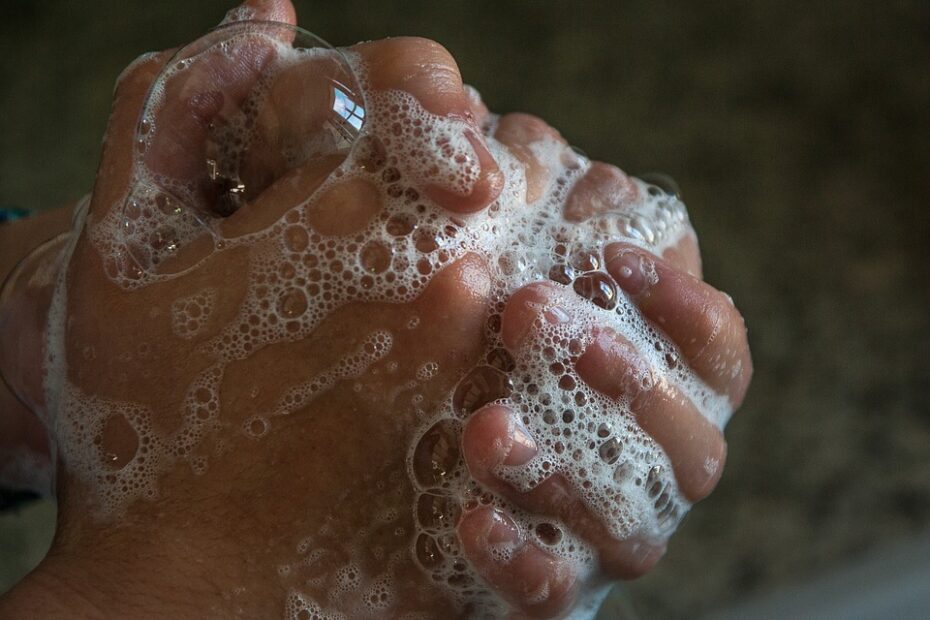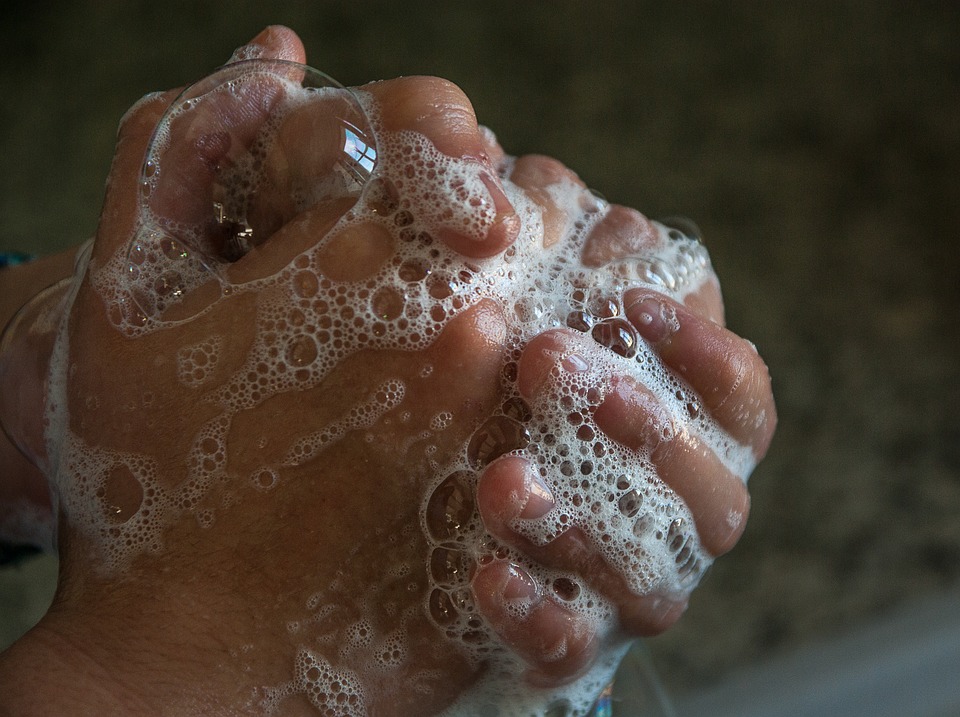Wash your hands before eating or after going to the bathroom. It seems obvious but sometimes, in a hurry or out of laziness, we don't do it and this is a mistake. Proper handwashing with soap can prevent diseases such as pneumonia or diarrhea, so it is important to do it frequently and know the best method to do it.
Centers for the Disease Control and Prevention (Centers for Disease Control and Prevention, CDC) explains that the proper handwashing process according to the CDC is divided into four steps:
- Wet your hands with clean water, either warm or cold, turn off the tap and apply soap.
- Rub the soap into your hands, creating a lather, palm to palm, then the back of your hand, between your fingers and nails. This process should last at least 20 seconds.
- Rinse your hands under running water.
- Dry your hands with a paper towel or under a hair dryer.
Cleanse and moisturize your skin, it is also a protective and grateful effect for your body. It is recommended that you shower daily, but this rule is not the same for children who have not yet reached adolescence. In the case of the youngest children, from 6 to 11 years old, they should shower between one and two times a week and when they sweat or have bathed in a pool.
After showering, it is essential to dry yourself thoroughly to avoid the appearance of fungus, caused by humidity. Once clean and dry, we move on to moisturizing. This is a fundamental part of providing water to our skin, which needs it so much. You can do it once or twice a day, it is recommended to do it in the morning and/or at night, depending on whether you have dry, combination or oily skin.
Brush your teeth It is another of the fundamental steps in personal hygiene. A poorly cared for mouth leads to many problems such as bad breath, tooth loss, cavities or diseases such as periodontitis. It is advisable to brush your teeth after each meal, approximately three to five times a day, paying special attention to morning and night.
Feet also need special care in our personal hygiene, especially for diabetics, because they can prevent the appearance of foot ulcers.
The steps for proper cleaning are:
- Wash your feet daily with soap and water, paying special attention to the space between your toes.
- Dry your feet well with a towel, insisting again between the toes to prevent the appearance of cracks.
- Moisturize your feet properly, in this case do not apply the cream between the toes.
- Wear comfortable shoes that fit the shape of your foot.
It is also advisable to avoid walking barefoot in public places such as municipal swimming pools or communal bathrooms, to prevent the appearance of fungus.
Intimate hygiene
It is essential to avoid infections, fungi or itching.
In the case of women, it should be washed more than twice a day and should be dried, without rubbing, from front to back to avoid infections by bacteria such as Escherichia coliThis can be done in the bidet or you can use wet wipes to make it more practical.
In the case of men, cleaning should also be done daily to avoid possible infections.
Hair
Hair should be washed two or three times a week. It should also be washed daily in the case of people with oily scalp, or those who play a lot of sports or sweat excessively.
Clean clothes
Clothing is like another layer of skin that also accumulates bacteria, both from our body and from the outside.
In addition to underwear, which should be changed daily, it is advisable to change clothes frequently, especially after showering.
These are just some tips how to have a good one personal hygiene, but obviously there are other concepts to take into account such as nails, easy care, etc.


